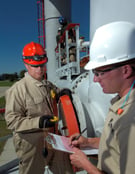The alarming rise in trench-related fatalities has spurred US Department of Labor to announce enhanced nationwide enforcement.
In 2022’s first six months, 22 workers have fallen victim to the deadly hazards present in trenching and excavation work – surpassing 15 in all of 2021 – and prompting the U.S. Department of Labor’s Occupational Safety and Health Administration to launch enhanced enforcement initiatives to protect workers from known industry hazards.
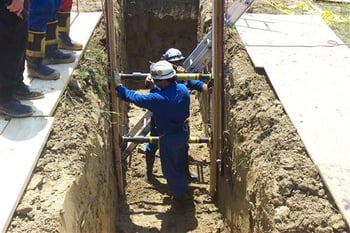 To stress the dangers of disregarding federal workplace safety requirements for trenching and excavation work, OSHA enforcement staff will consider every available tool at the agency’s disposal. These actions will place additional emphasis on how agency officials evaluate penalties for trenching and excavation related incidents, including criminal referrals for federal or state prosecution to hold employers and others accountable when their actions or inactions kill workers or put their lives at risk.
To stress the dangers of disregarding federal workplace safety requirements for trenching and excavation work, OSHA enforcement staff will consider every available tool at the agency’s disposal. These actions will place additional emphasis on how agency officials evaluate penalties for trenching and excavation related incidents, including criminal referrals for federal or state prosecution to hold employers and others accountable when their actions or inactions kill workers or put their lives at risk.
Read the full press release: https://content.govdelivery.com/accounts/USDOL/bulletins/3213baa
Additional Resources
If you’re concerned that your rescue service may not be adequately prepared, give us a call or check out these resources for more information on how to keep you and your personnel safe around trenches.
- Trench Safety & Rescue Article: Read More
- Trench Training: Competent Person | Trench Rescue Technician
- OSHA’s Trenching and Excavation Webpage


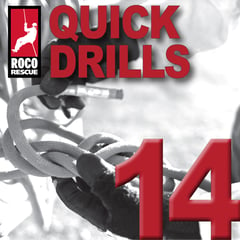
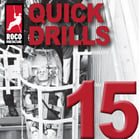
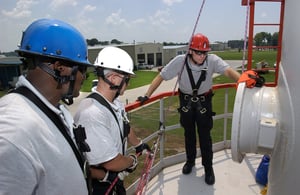
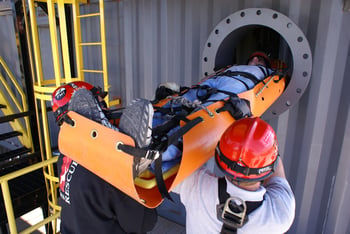 Here’s why standby services can make the most sense. Standby rescue teams are often the only way to ensure that the best resources are readily available in the unfortunate event they are needed. Unlike most emergency services, standby rescue teams are trained specifically to handle emergencies in the industrial setting – especially for scenarios involving confined space rescue, high angle rope rescue, or rescue of a worker suspended from fall protection. For these scenarios, rapid response times are critical in determining the outcome, and possibly the survival of the victim entirely.
Here’s why standby services can make the most sense. Standby rescue teams are often the only way to ensure that the best resources are readily available in the unfortunate event they are needed. Unlike most emergency services, standby rescue teams are trained specifically to handle emergencies in the industrial setting – especially for scenarios involving confined space rescue, high angle rope rescue, or rescue of a worker suspended from fall protection. For these scenarios, rapid response times are critical in determining the outcome, and possibly the survival of the victim entirely.
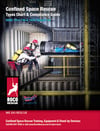
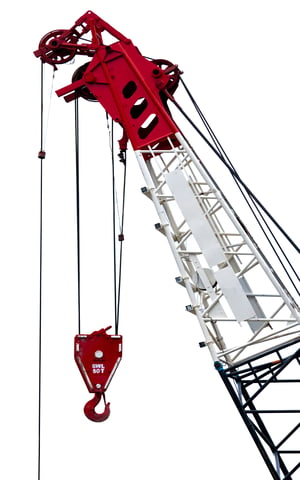
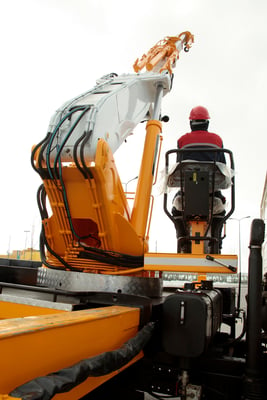 WARNING: Taking it a step further, if some movement of the crane is required, extreme caution must be taken! Advanced rigging techniques may be required to prevent movement of the crane from putting undue stress on the rescue system and its components. Rescuers must also evaluate if the movement would unintentionally “take-in” or “add” slack to the rescue system, which could place the patient in harm’s way. The movement of a crane can take place on multiple planes – left-right, boom up-down, boom in-out and cable up-down. If movement of the equipment must take place, rescuers must evaluate how it might affect the operation of the rescue system.
WARNING: Taking it a step further, if some movement of the crane is required, extreme caution must be taken! Advanced rigging techniques may be required to prevent movement of the crane from putting undue stress on the rescue system and its components. Rescuers must also evaluate if the movement would unintentionally “take-in” or “add” slack to the rescue system, which could place the patient in harm’s way. The movement of a crane can take place on multiple planes – left-right, boom up-down, boom in-out and cable up-down. If movement of the equipment must take place, rescuers must evaluate how it might affect the operation of the rescue system.